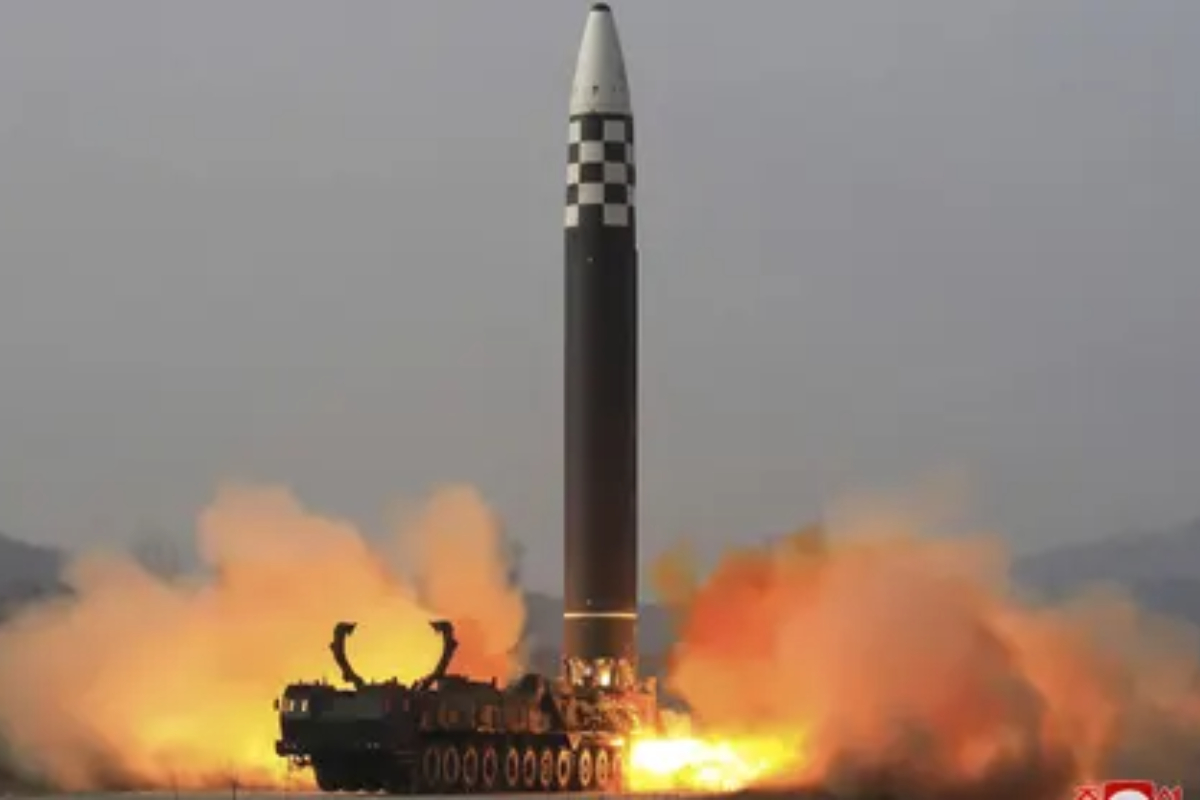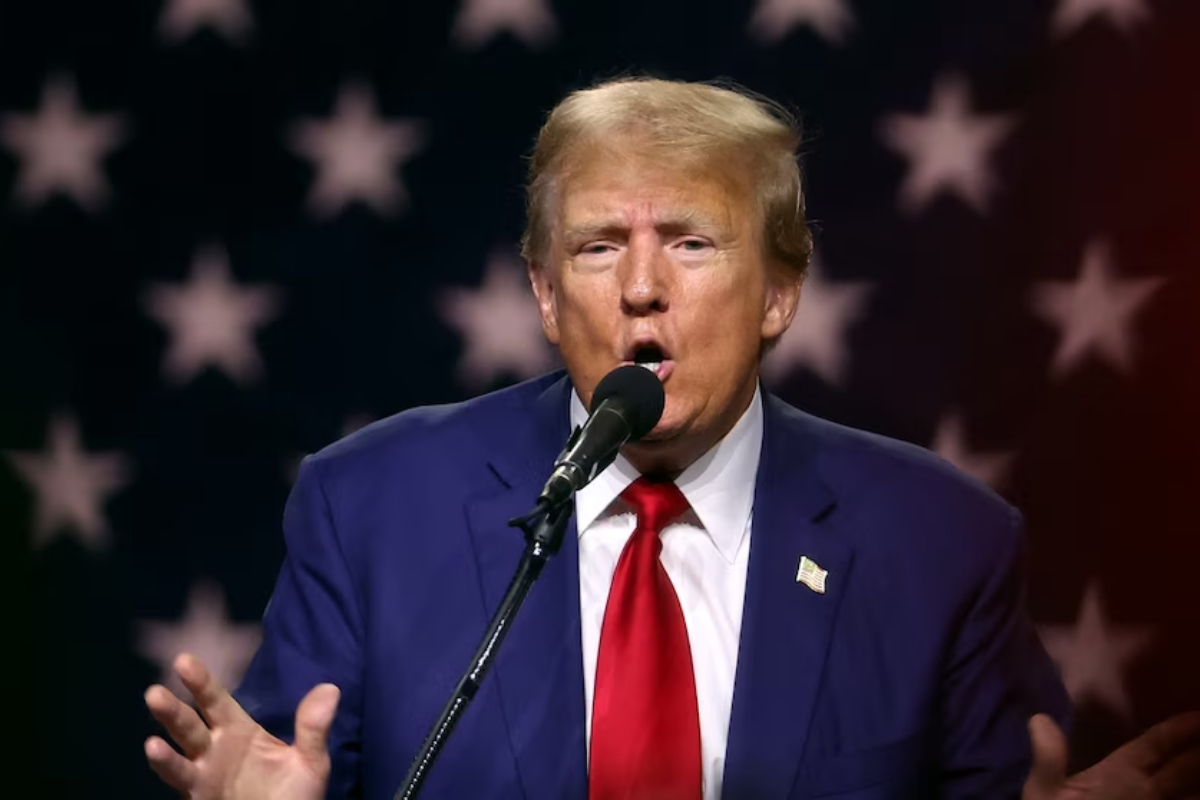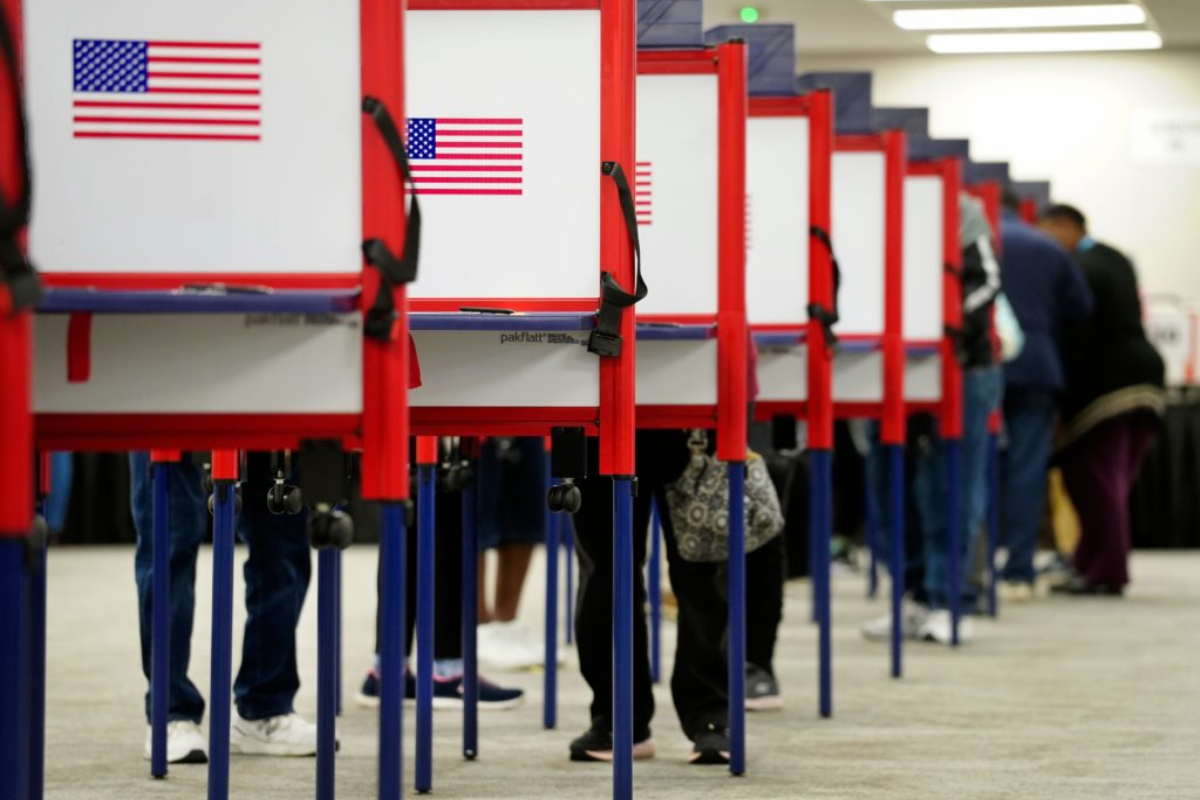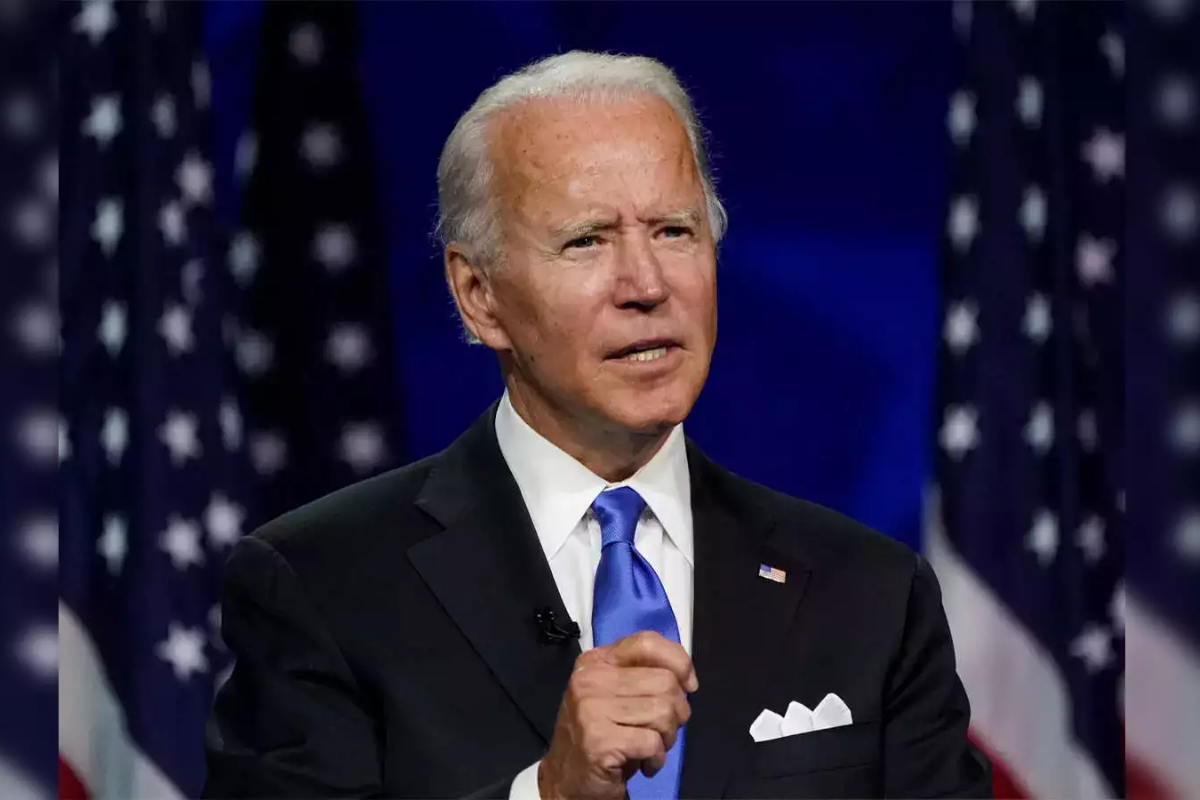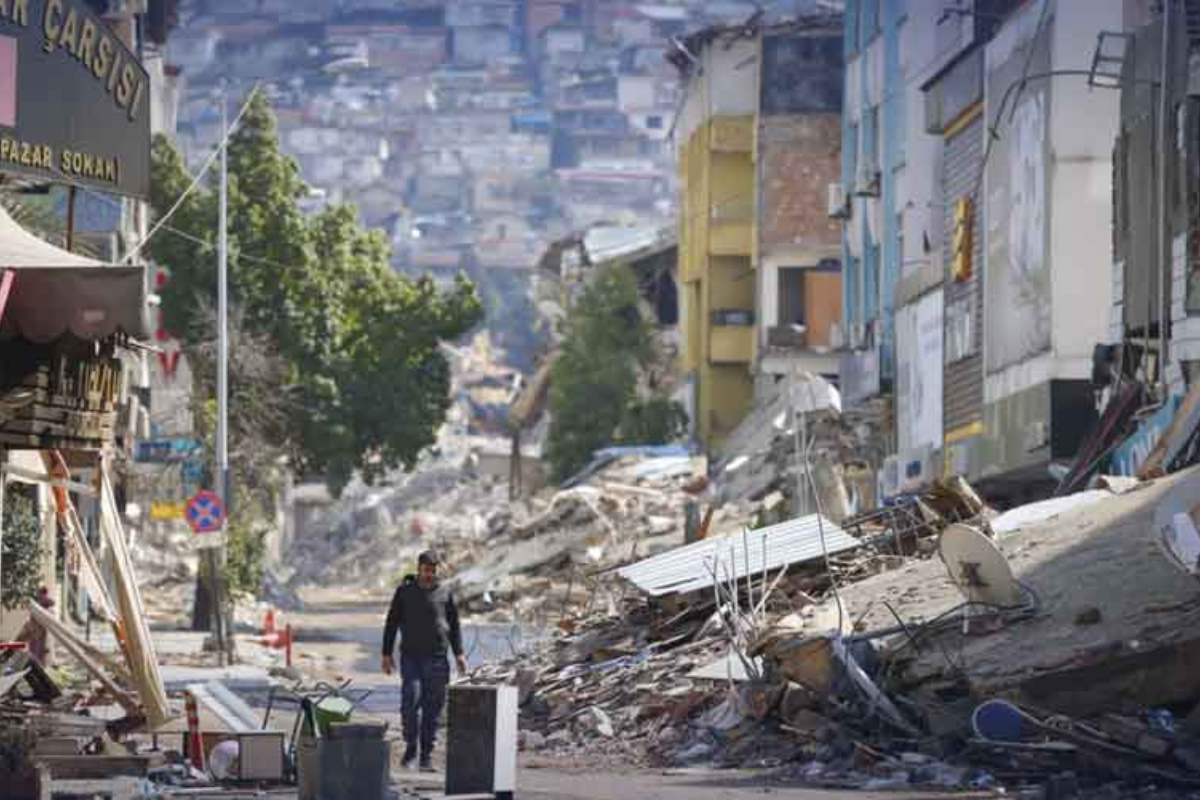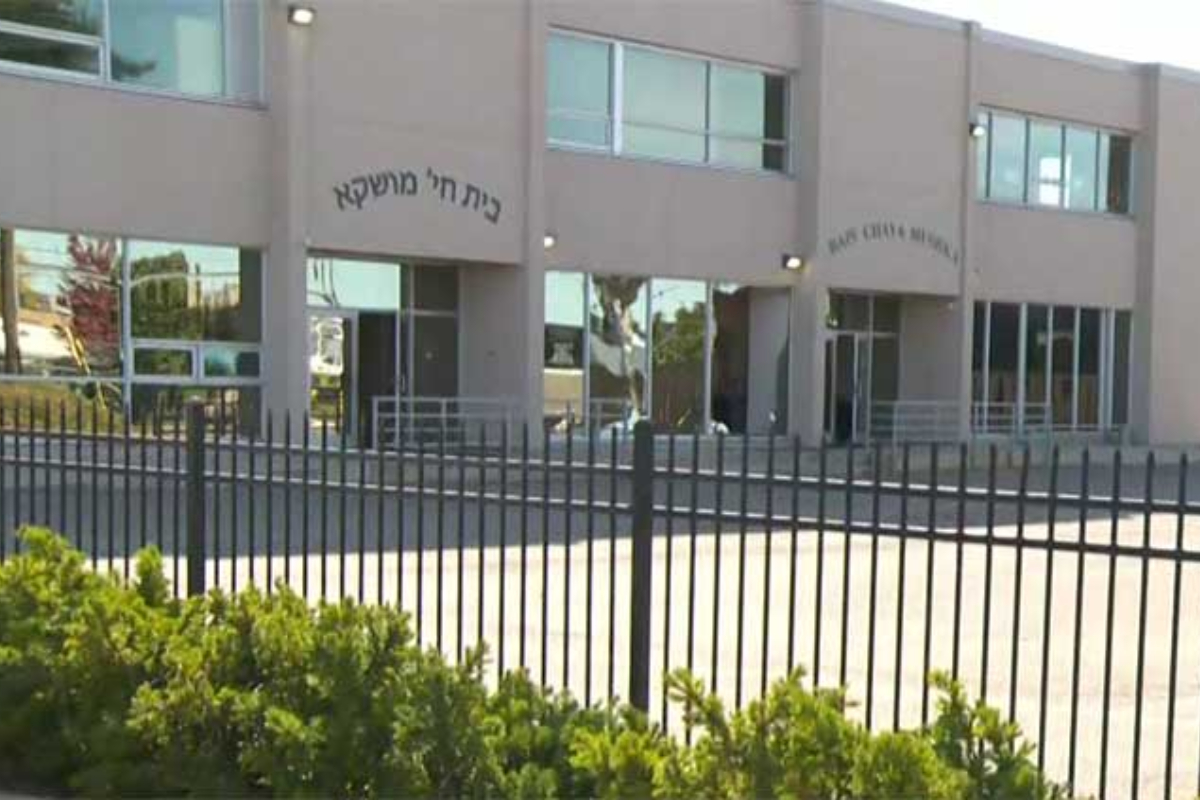- North Korea launched an alleged long-range ballistic missile.
- Which had the potential to reach the US mainland.
- North Korea displayed nearly 11 upgraded ICBMs during military parade.
North Korea launched an alleged long-range ballistic missile on Saturday afternoon, Joint Chiefs of Staff of South Korea reported.
Pyongyang had earlier threatened “unprecedented forceful measures” if the US and South Korea proceed with their scheduled military drills.
According to Japanese Prime Minister Fumio Kishida, the missile fell within Japan’s exclusive economic zone to the west of Hokkaido, the country’s largest island.
According to Japan’s Defense Ministry, the missile travelled around 900 kilometers and rose to an altitude of 5,700 kilometers (3,541 miles) (559 miles).
The South Korean JCS said that it was launched from Pyongyang’s Sunan region at approximately 5:22 Saturday night local time.
The missile, according to Japanese officials, soared for more than 60 minutes.
Last March, North Korea launched a missile with a slightly longer flight path and duration. Its first ICBM test since 2017 involved what was thought to be an intercontinental ballistic missile (ICBM).
Pyongyang declared the “test firing of a new kind” ICBM, which it termed the Hwasong-17, in November after another launch of a similar nature.
Japanese Defense Minister Yasukazu Hamada said at the time it had the potential to reach the US mainland.
“The ICBM-class ballistic missile launched this time could have a range of over 15,000 km when calculated based on the flight distance of this ICBM,” Hamada said in a statement. “It depends on the weight of the warhead, but in that case, the US mainland would be included in the range.”
North Korea launches its missiles in high-altitude tests. The US mainland might theoretically be reached if they were launched with a flatter trajectory.
The largest demonstration of North Korea’s “nuclear strike capability” to date took place earlier this month when the Kim Jong Un dictatorship displayed nearly 11 upgraded ICBMs during a midnight military parade in Pyongyang.
[embedpost slug=”us-south-korea-hold-air-drills-as-north-korea-warns-of-all-out-showdown/”]
Such missiles seemed to be Hwasong-17s, according to analysts.
Ankit Panda, a nuclear policy specialist at the Carnegie Endowment for International Peace, claimed on social media that the number of missiles in the parade, if each one were to carry multiple nuclear warheads, could be sufficient to overwhelm US ballistic missile defences.
The North Korean Foreign Ministry attacked the United States and South Korea on Friday over their plans for impending military drills, which led to Saturday’s test.
The South Korean Defense Ministry announced Friday that nuclear tabletop simulations between Washington and Seoul are scheduled to take place at the Pentagon the following week.
Next month, military exercises involving the partners are also anticipated on the Korean Peninsula.
The same statement from North Korea also included a threat to take greater military action if the UN Security Council kept applying pressure to Pyongyang “as the United States intends.”
According to the nation’s state media, in January, Kim Jong Un demanded “an exponential increase of the country’s nuclear arsenal” and emphasized the “necessity of mass-producing tactical nuclear weapons.”
According to the story of nation’s state media, Kim had urged for the creation of a new “Intercontinental Ballistic Missile system” that was capable of a quick nuclear strike.
[embedpost slug=”north-korea-displays-advanced-intercontinental-ballistic-missiles-in-nighttime-military-parade/”]

